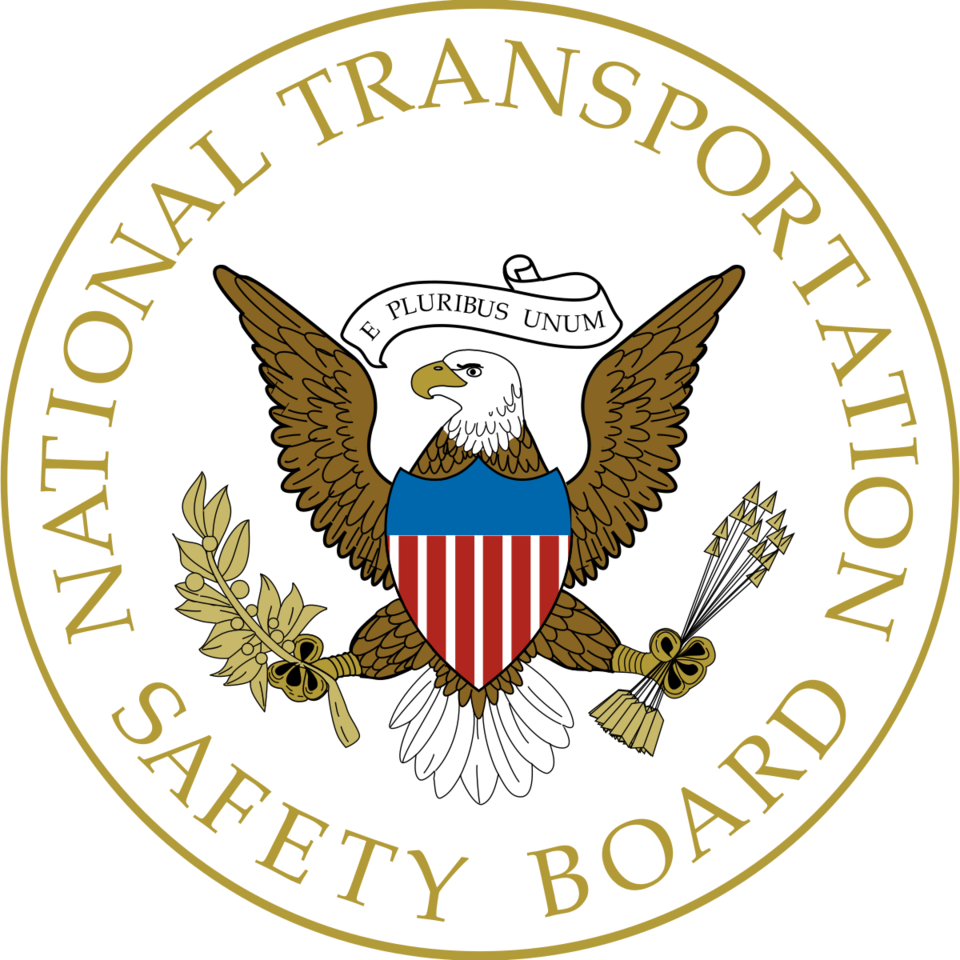The National Transportation Safety Board has released its preliminary report for the mid-air plane crash that killed three men near Niwot on Sept. 17.
At about 8:53 a.m. on Sept. 17, a Cessna 172S and a Sonex Aircraft Xenos were destroyed in a mid-air collision two miles south of Longmont. The amateur-built Xenos was registered to Henry Butler, 69, who died in the crash that also killed 22-year-old Daniel Wilmoth and 23-year-old Samuel Fisher in the Cessna craft.
The Cessna was registered to the Spartan College of Aeronautics and Technology with a flight instructor and student pilot aboard, according to the National Transportation Safety Board’s recently published preliminary report on the accident.
The Spartan College did not immediately respond to an emailed request for comment. According to the report, the operator of the Cessna aircraft held a pilot school operating certificate.
The Cessna departed Rocky Mountain Municipal Airport in Broomfield at about 8:43 a.m., and the Sonex departed Platte Valley Airpark in Hudson at about 8:38, the report said. Both climbed to about 7,000 feet above sea level and were operating under visual flight rules. The conditions were clear with seven miles of visibility and little to no wind.
The Cessna was flying northbound while the Sonex was flying westbound toward the Longmont area when the Cessna completed a left 360-degree turn, the report said, before turning eastbound. This is when the airplanes collided and fell rapidly.
The report said fragmented sections of the outboard left wings of both airplanes were found in a field below the point where the airplanes collided. Both airplanes fell nose down in the rural area, descending about 2,000 feet.
The main wreckage site of the Sonex was near a tree about 1,100 feet southwest of the wing fragments, while the Cessna’s main wreckage site was in a field about 1,800 feet southeast of the wing fragments.
At the time of the accident, neither airplane was in radio contact, nor were they required to be. Both were required to transmit automatic dependent surveillance broadcasts. While the Cessna transmitted data during the accident flight, the Sonex did not, the report said, adding that records indicated that the Sonex last transmitted the data on July 14.
Both airplanes were retained for further examination, the report said. The final NTSB report will likely not be completed for another 12-18 months.



